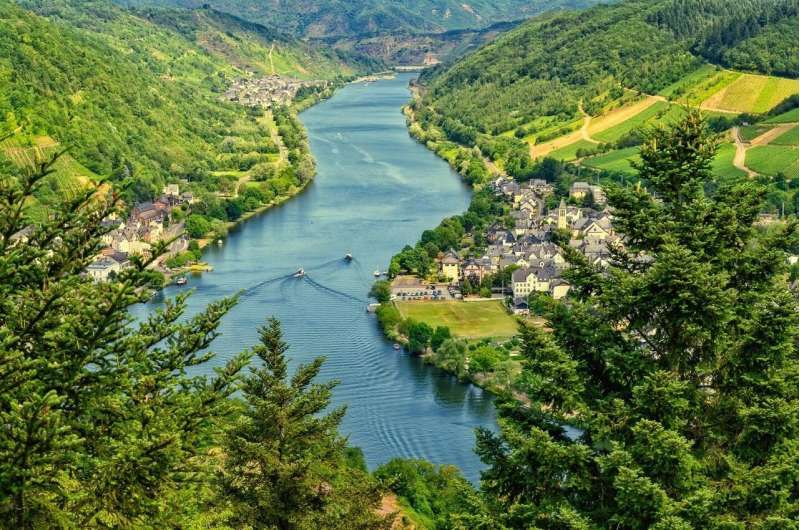Putting the Water Framework Directive to the test

The European Water Framework Directive (WFD) is one of the most progressive regulatory frameworks for water management worldwide. Questioning its objectives and principles would seriously compromise the effective protection of water bodies in the European Union (EU). Its practical implementation, however, requires urgent improvement. This is the conclusion reached by the Leibniz-Institute of Freshwater Ecology and Inland Fisheries (IGB), Germany's largest freshwater research centre. The IGB Policy Brief published today explains the strengths and weaknesses of the WFD, and offers options for action to policy makers and practitioners.
The WFD requires all water bodies in the EU to achieve at least good chemical and ecological status or good ecological potential by 2027. However, since the WFD came into effect 19 years ago, little improvement of the status of EU water bodies has been observed. 60 per cent of all water bodies in the EU fall short of the target; in Germany, action is required in no less than 93 per cent of the flowing waters and in 73 per cent of the standing waters.
"Reasons for the poor performance are not down to the Water Framework Directive itself. In fact, this is a technically sound and expedient policy document. But the very limited ecological improvements that have been observed to date indicate that the directive falls short of striking an appropriate balance between the conflicting goals of protecting fresh waters and using them as a resource—and that significant shortcomings exist in the practical implementation," explains Professor Mark Gessner, Acting Director of IGB and co-author of the IGB Policy Brief.
Rooting water protection as a cross-sectional task in other policy areas
IGB concludes that new integrative approaches are urgently needed at the political, administrative and practical implementation level. Restoration projects must be planned at much larger scale, and the measures taken must be more effective. Administrative processes must be systematically improved, and procedures need to be devised and established for resolving conflicts. Towards this goal, it is essential to root sustainable water management systematically in all relevant policy areas. This is particularly important for the domains of agriculture, energy (including hydropower), transport (shipping), mining and, of course, flood control and nature conservation.
Unless there is a firm commitment to sustainable management and ecological improvement, the multiple functions of fresh waters as habitat and key resource in Europe cannot be preserved or restored. Pressure to use fresh waters as a resource is ever growing, and global climate and environmental change is rapidly advancing, including the widespread loss of biodiversity.
"This is why we must strictly adhere to the principles and objectives of the WFD beyond 2027," concludes Mark Gessner, adding that "notwithstanding its excellent basis, the directive requires significant improvements in its practical implementation."
More information: Directive 2000/60/Ec Of The European Parliament And Of The Council Of 23 October 2000. Official Journal of the European Communities L 327/1. eur-lex.europa.eu/resource.htm … .02/DOC_1&format=PDF. DOI: 10.4126/FRL01-006416917
Provided by Forschungsverbund Berlin e.V. (FVB)



















